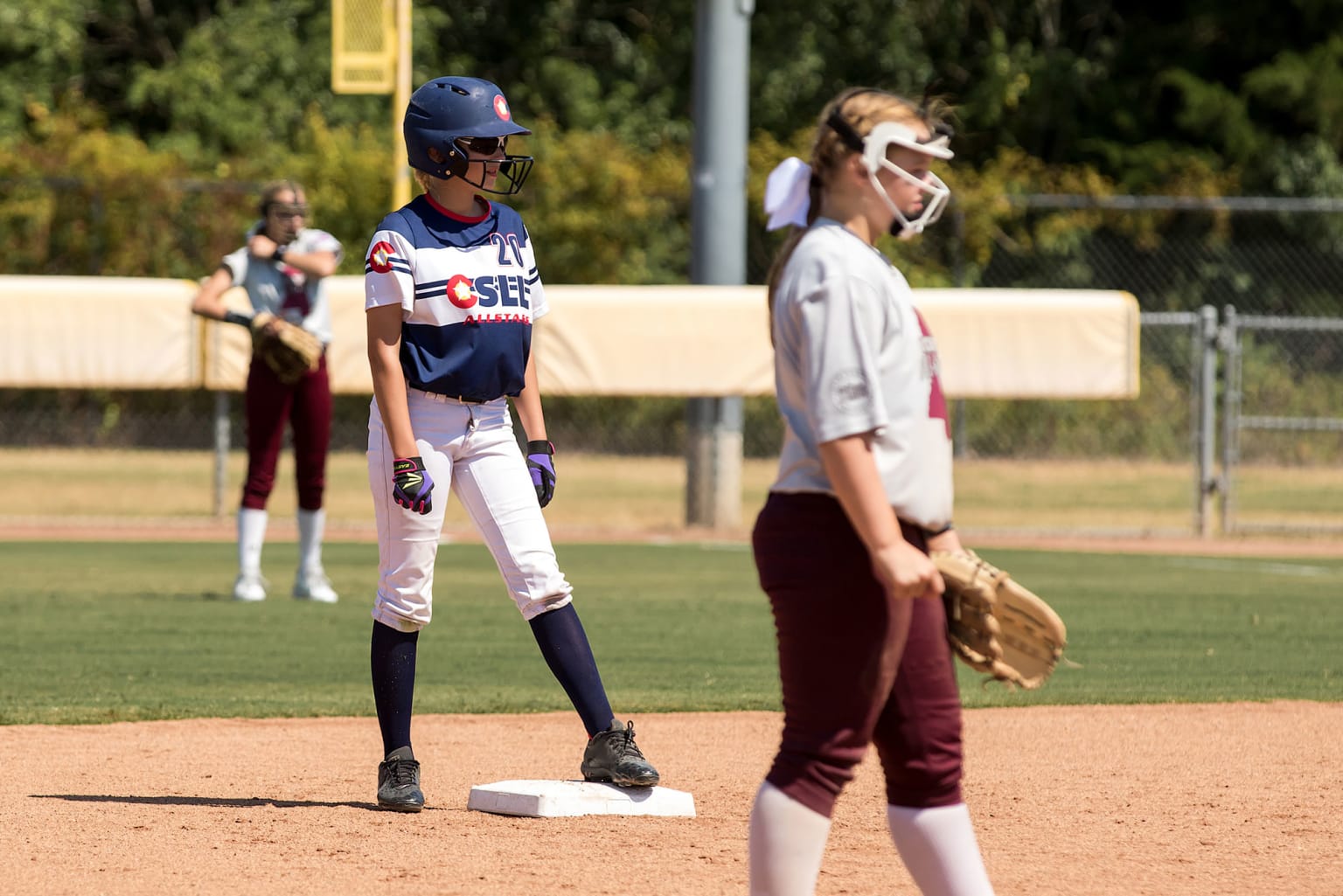
Situation
With a runner on first base, and no outs in a Little League® Major Division softball game, the batter hits a clean single to the outfield. The batter-runner advances to second base, and now, she and the runner originally on first base, both occupy second base. The shortstop calls for the ball and tags both runners. After tagging the runners, the umpire rules the runner originally on first base out and allows the batter-runner to remain on second base. After the ball is returned to the pitcher, the defensive manager approaches the home plate umpire and requests time. After timeout is granted, he asked for an explanation as to why both runners were not declared out.
Should the home plate umpire conference with the base umpire and encourage changing the call and declare both runners out?
Explanation
Only one out is to be recorded, but in this instance, the base umpire ruled out the incorrect runner. Since the runner originally on first base was not forced to move beyond second base due to the batter’s fair batted ball, she is legally entitled to second base. Because the defense tagged both runners, the base umpire must adjudge the batter-runner be declared out and the runner originally on first base remain on second base. Per the current edition of the Little League ® Official Regulations, Playing Rules, and Policies – Rule 7.03 – Runner: Two runners may not occupy a base, but if, while the ball is alive, two runners are touching the same base, the following runner shall be out when tagged. The preceding runner is entitled to the base.
Conversely, if two runners are on a base and both are tagged because the lead runner is forced to advance but fails to do so, the lead runner is declared out.
Note: This situation is applicable in all levels of Little League play, except for Tee Ball.